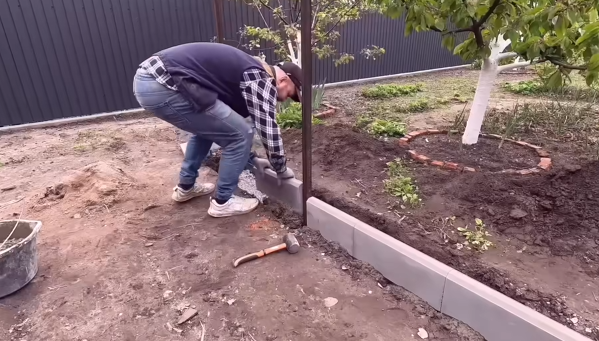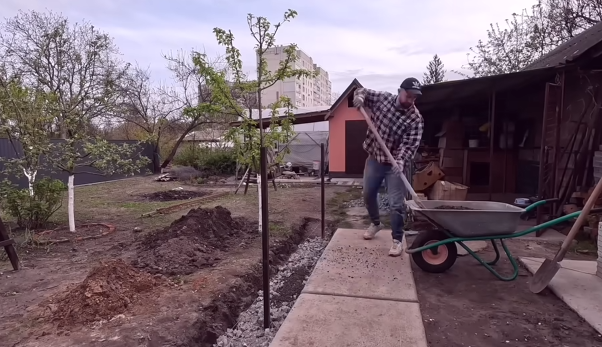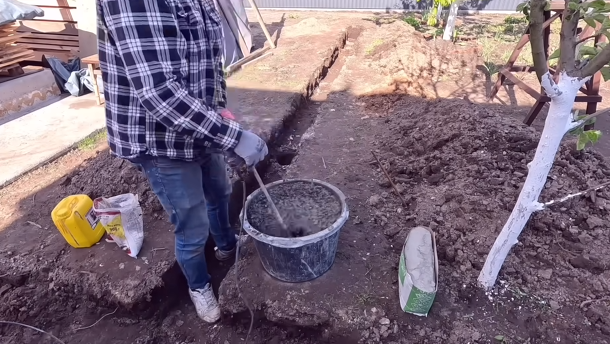
A wooden slat fence, commonly known as a picket fence, is one of the most iconic and charming types of fences in residential architecture. It evokes images of quaint homes, often in suburban neighborhoods, and conjures up the classic American dream. This type of fence is not only aesthetically pleasing but also serves a variety of practical functions. From defining property lines to enhancing curb appeal, a picket fence can be a fantastic addition to many homes and gardens. In this article, we will explore the history, design, materials, installation, and benefits of the wooden slat (picket) fence.

History of the Picket Fence
The origins of the picket fence date back to the 17th century, when it was first introduced to America by European settlers. The term “picket” comes from the French word “piquet,” which means a pointed stake or post. Early picket fences were used primarily for agricultural purposes, to protect gardens and crops from animals. They were also employed as boundary markers for property lines. The use of wooden slats arranged in a row, often pointed at the top, made it easy to construct and maintain.
Over the centuries, the design of the picket fence evolved, becoming a symbol of the idyllic American home. It was in the late 19th and early 20th centuries that the picket fence truly became a staple of suburban American life, thanks to the rise of residential communities and the increasing importance of homeownership. The picket fence’s clean lines and open design were ideal for showcasing well-maintained gardens and lawns, making it a popular choice among homeowners who wanted to create an inviting atmosphere.

Design and Style
One of the most defining features of a picket fence is its design. The slats, or “pickets,” are typically made from wood and are spaced evenly apart. The fence can be either tall or short, with the most common height being around 3 to 4 feet. However, the height can vary based on the homeowner’s preferences and the intended purpose of the fence.
Picket fences can be designed with a variety of top finishes. The most traditional style features pointed or rounded tops, which are both decorative and functional. Pointed tops, in particular, have a distinctive look that has become synonymous with the classic picket fence. Rounded tops, on the other hand, offer a softer, more approachable appearance.
Another design element that can be customized is the spacing between the pickets. The pickets can be arranged in a tightly spaced pattern, providing more privacy and protection, or they can be spaced farther apart for a more open, airy feel. This flexibility in design makes the picket fence versatile and adaptable to a range of different property styles and sizes.
In addition to the standard vertical slats, some homeowners may choose to add decorative elements such as lattice work, arches, or gate designs to further personalize their fence. The choice of whether to incorporate these features depends on the desired aesthetic and function of the fence.

Materials for Wooden Picket Fences
Wood is the most traditional material for picket fences, and it remains a popular choice today for its natural beauty and versatility. The type of wood used can have a significant impact on the fence’s appearance, durability, and cost. Common woods used for picket fences include:
- Cedar: Cedar is a popular choice due to its resistance to rot, insects, and decay. Its natural oils help protect it from the elements, making it a long-lasting option for outdoor use. Cedar also has a rich, warm color that can enhance the overall appearance of the fence. Over time, cedar will weather to a soft gray, giving it a rustic, natural look.
- Pine: Pine is a more affordable option, although it is less durable than cedar. Pine can be treated to resist rot and insects, but it is more prone to damage from moisture and weathering. Pine picket fences can be painted or stained to protect them from the elements and to give them a polished finish.
- Redwood: Like cedar, redwood is a durable and attractive wood that resists decay and insects. Its rich, reddish hue makes it an elegant choice for those looking to add a touch of sophistication to their outdoor space. Redwood is more expensive than pine but offers a higher level of longevity.
- Pressure-Treated Wood: Pressure-treated wood is commonly used for picket fences due to its ability to resist rot, insects, and moisture. The treatment process involves forcing chemicals into the wood fibers to make it more durable. This wood is typically green or brown in color and can be stained or painted to match the homeowner’s desired aesthetic.
While wood is the traditional material, some homeowners may opt for vinyl or composite alternatives that mimic the look of wood but offer greater durability and less maintenance. These materials are often more resistant to weathering, fading, and pests, but they lack the natural charm and warmth of real wood.

Benefits of a Wooden Picket Fence
- Aesthetic Appeal: One of the primary reasons homeowners choose a wooden picket fence is its aesthetic appeal. The classic design can complement almost any architectural style, from colonial homes to modern cottages. The fence’s clean lines and timeless look make it a popular choice for those seeking to create a welcoming and charming atmosphere.
- Increased Property Value: A well-designed and well-maintained picket fence can increase the curb appeal of a home, potentially boosting its resale value. Fences that enhance the overall appearance of the property can make it more attractive to potential buyers, who may be drawn to the sense of privacy and security that the fence provides.
- Privacy and Security: While a traditional picket fence offers a more open design, it can still provide a level of privacy and security when the pickets are spaced closer together. For homeowners who seek greater privacy, a taller or more tightly spaced picket fence can be installed. In addition, the fence acts as a deterrent to intruders, helping to establish clear boundaries and provide a sense of safety.
- Protection for Pets and Children: A picket fence can serve as a boundary to keep pets and children safe within the yard. The low height makes it easy for adults to see over the fence, while the slats help keep animals from escaping. It also prevents other animals or strangers from entering the yard, offering an additional layer of security.
- Low Maintenance: Compared to other types of fences, wooden picket fences are relatively low maintenance. Regular cleaning, occasional sealing or staining, and ensuring that the fence is free from damage can help extend its life. With proper care, a wooden picket fence can last for many years.

Installation of a Wooden Picket Fence
Installing a wooden picket fence is a manageable DIY project for many homeowners, though it can be labor-intensive and requires careful planning. The first step in installation is to determine the layout and dimensions of the fence. This includes marking the location of fence posts, which should be spaced evenly to provide stability. Concrete may be used to secure the posts in the ground for added durability.
Once the posts are installed, the pickets are attached to the horizontal rails. The spacing between the pickets can be adjusted based on the desired look. If privacy is a concern, the pickets can be spaced closer together. The final step involves finishing the fence, which may include staining, painting, or sealing the wood to protect it from the elements.
Conclusion
A wooden slat fence, or picket fence, is more than just a boundary marker. It is a symbol of home and community, evoking feelings of warmth, tradition, and charm. Whether you are looking to enhance the curb appeal of your home, provide security and privacy, or create a safe space for your family, a picket fence offers both aesthetic and practical benefits. With its rich history, versatile design, and timeless appeal, the wooden slat fence remains a popular choice for homeowners looking to add a touch of elegance to their property.


